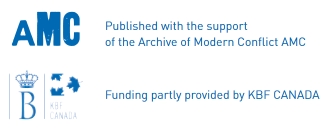Malewicz: Beyond Censorship
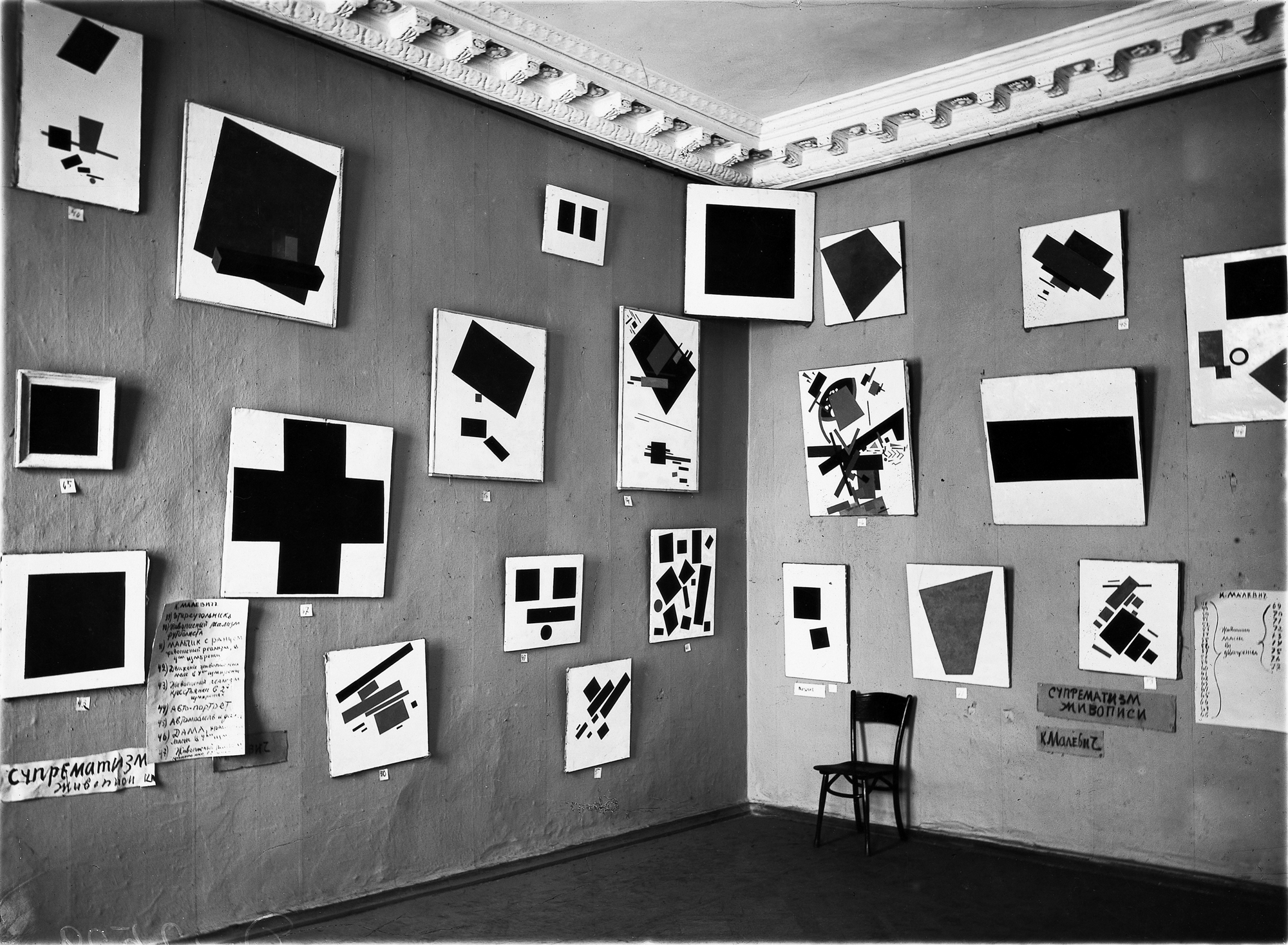
Malewicz: Beyond Censorship
Andréi Nakov
Erased from the cultural scene for decades – even during his lifetime – Kazimir Malewicz’s (1879–1935) oeuvre was only rediscovered in the West in the late 1950s. Three more decades passed before it could be accessible to the Russian public. It was gradually assimilated through a series of interpretative filters – aesthetic, political, cultural and others – but the extraordinary potential of the artist’s work has been hampered by fantastical elucidations, several of which persist to this day.
A number of foundational myths about the artist’s ethnic background (his relationship to his mother tongue), his rapport to the religious culture of his Russian environment and, chiefly, his place in modern European art to which he was deeply attached, are considered here. Our reading of Suprematist forms is still an essential aspect of his art: beyond his numerous writings it shapes a decisive understanding of his artistic message.
The aim of Malewicz: Beyond Censorship is to question a certain number of anti-modernist visual and cultural prejudices. Advancing ever further in his interpretation of the artist’s oeuvre, Andréi Nakov uncovers hidden layers of a creative production that shows itself to be increasingly important to our comprehension of 20th-century modernity.
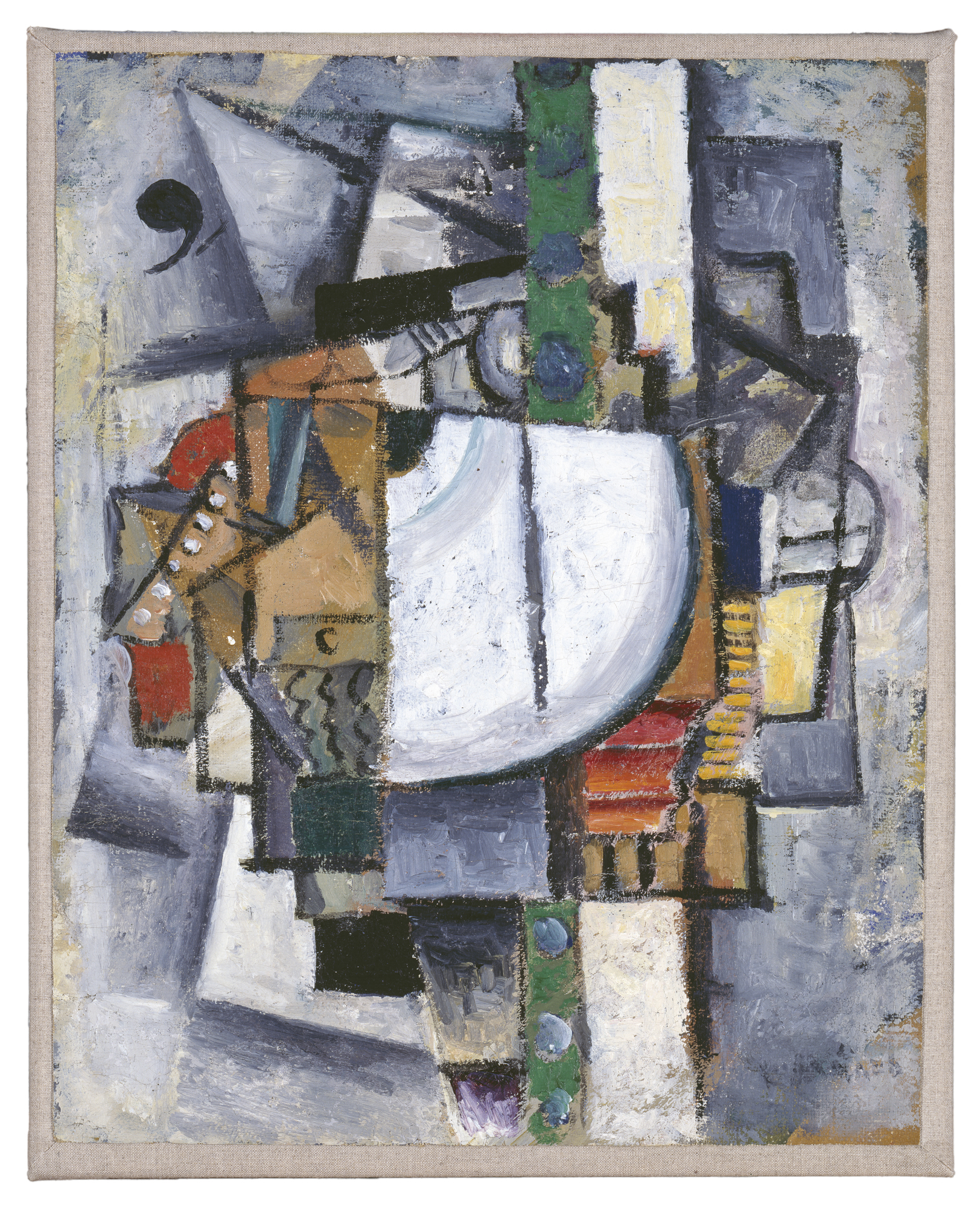

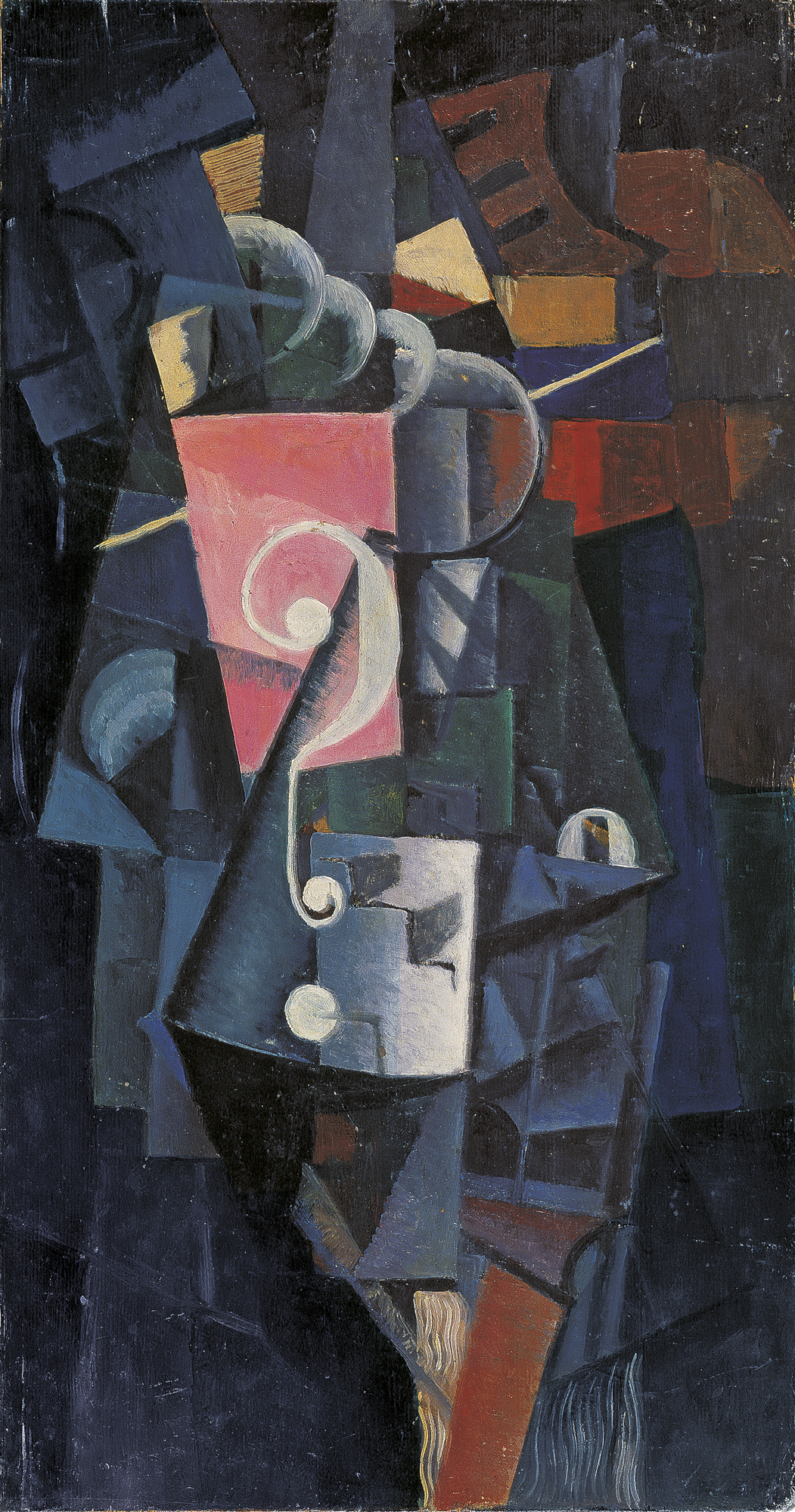
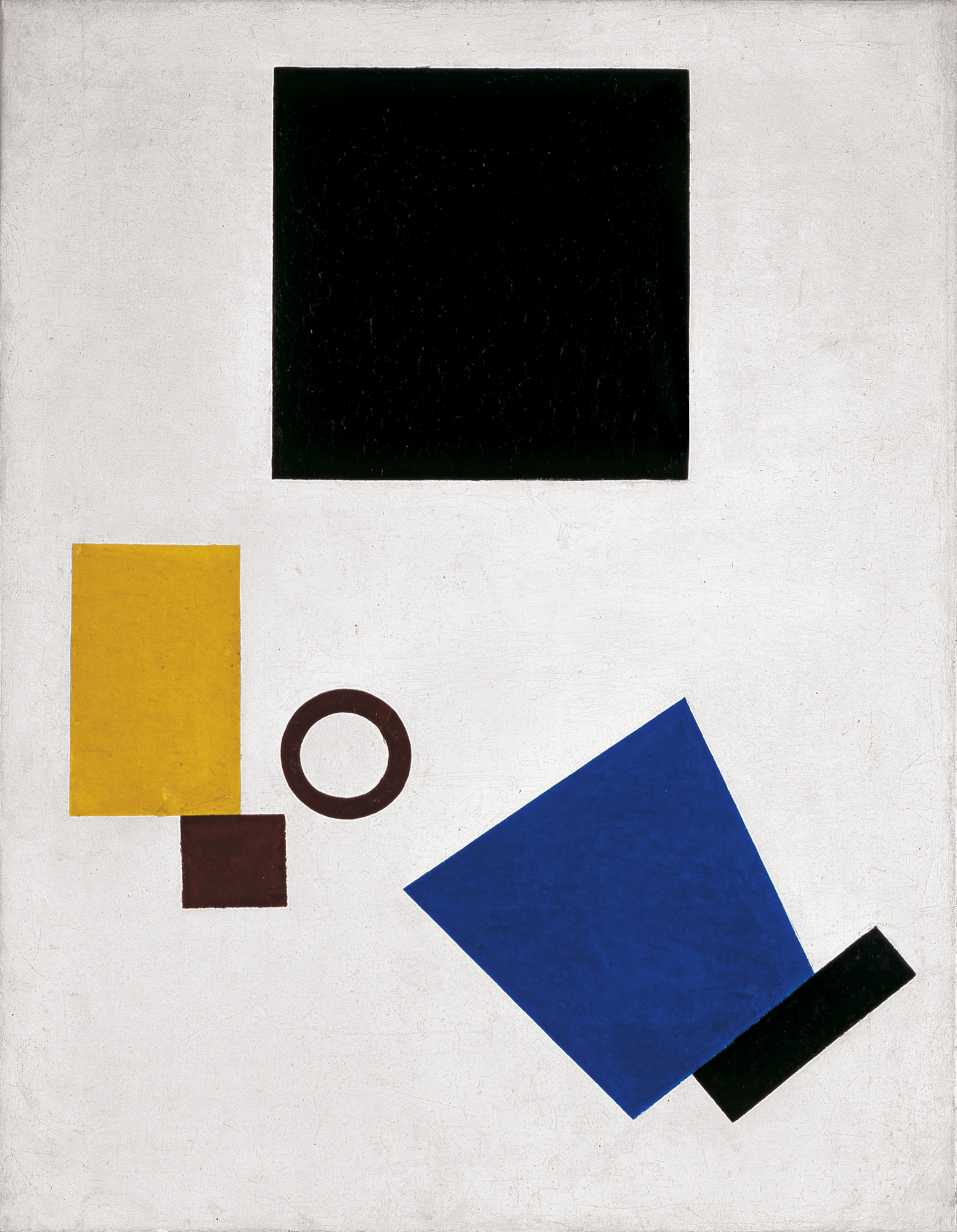

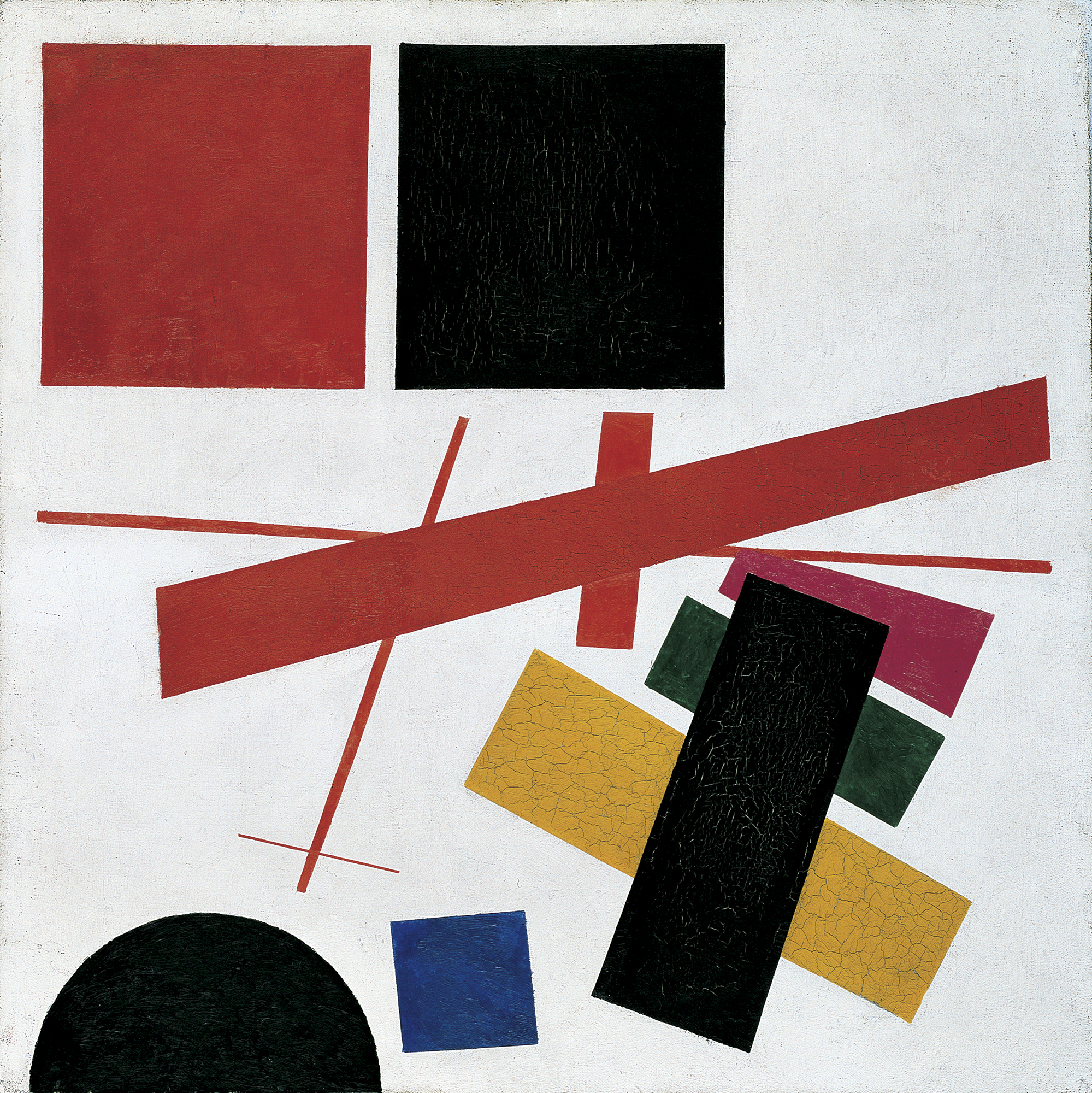
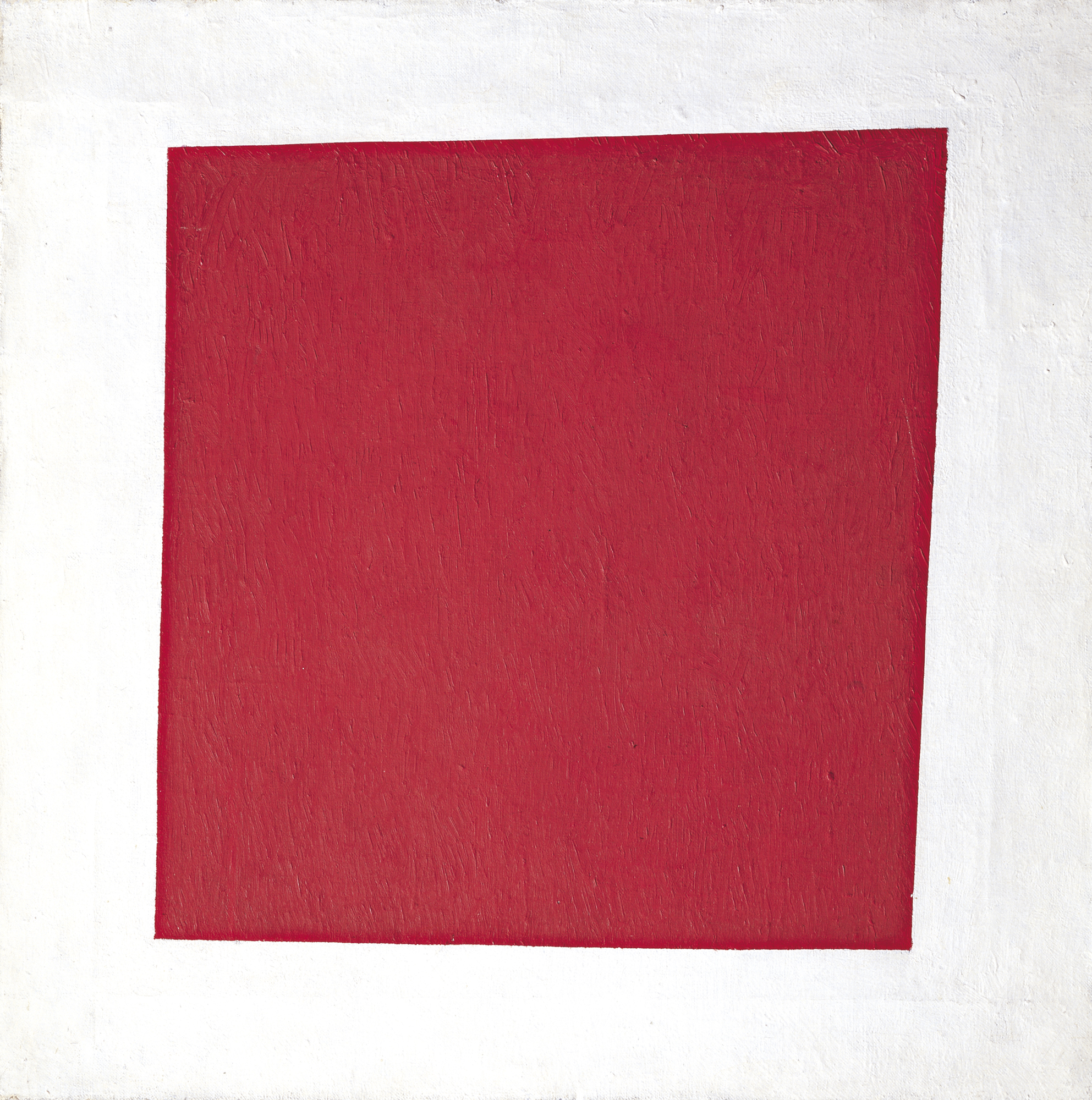
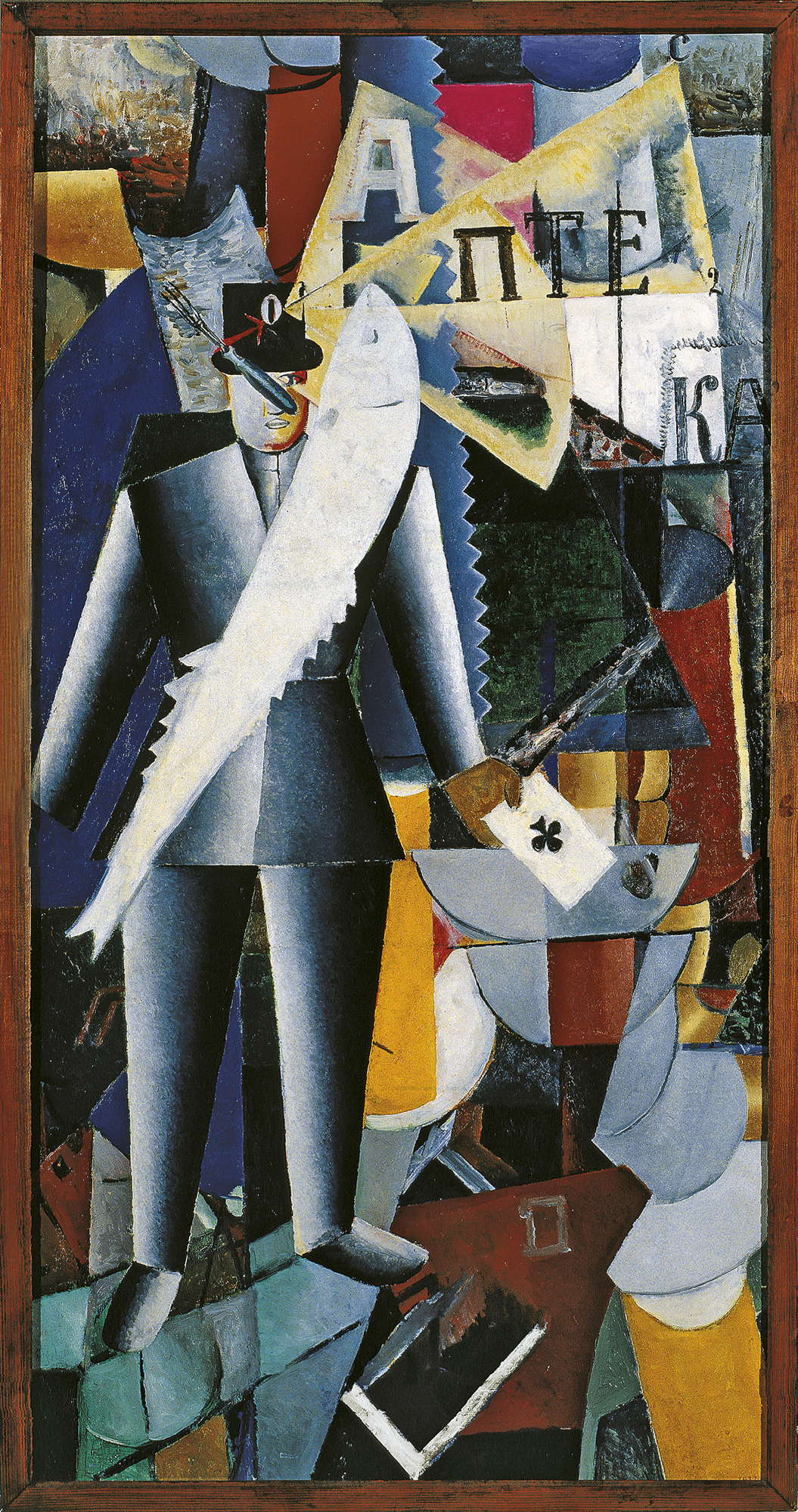
ABOUT THE AUTHOR
In addition to the 2002 Malewicz’s Catalogue raisonné, Andréi Nakov is the author of numerous works on the artist, including his monumental four-volume monograph Malevich, Painting the Absolute published in English in 2010, not to mention a number of other works written in French and translated into English, Russian, Italian and other languages. Recently Nakov has published studies on Wassily Kandinsky (Kandinsky, the Enigma of the First Abstract Painting, 2015) and Vladimir Tatlin (Tatlin’s Reliefs: From Cubism to Abstraction, 2020) with the IRSA Institute in Cracow, Poland, as well as several essays on Polish art since 1945. The latest of the numerous museum shows he curated was The Advent of Abstraction, Russia, 1914–1923 at the National Gallery of Canada in Ottawa, in 2017 (catalogue issued by 5 Continents Editions, Milan, Italy).
